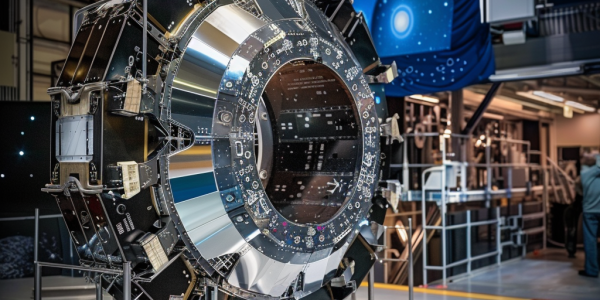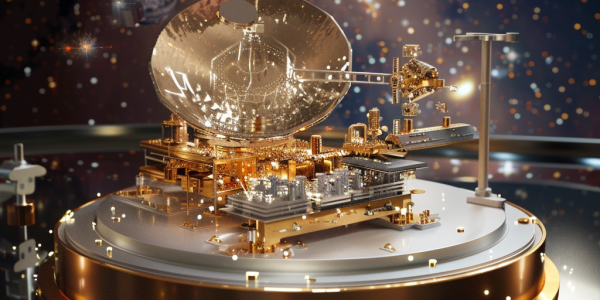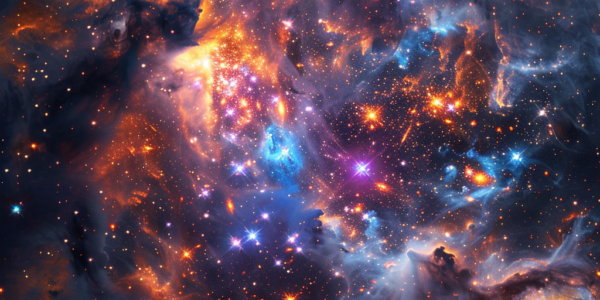NASA Completes Integration of Roman Space Telescope Payload
NASA has successfully integrated the payload for the Roman Space Telescope, a key milestone in its mission to explore dark energy, dark matter, and exoplanets. With advanced instruments like the Coronagraph and a 300-megapixel Wide Field Instrument, the telescope aims to enhance our understanding of the universe. Scheduled for launch in May 2027, the Roman mission promises groundbreaking discoveries in astrophysics and cosmology.
NASA Integrates Key Instrument for Next-Gen Exoplanet Exploration
NASA’s integration of the Roman Coronagraph Instrument into the Nancy Grace Roman Space Telescope marks a pivotal advancement in exoplanet exploration. Set to launch in May 2027, this next-generation observatory will revolutionize our understanding of distant worlds, enabling the detection of light from planets 100 million times fainter than their stars. With a wide field of view and groundbreaking technology, the Roman Space Telescope is poised to unlock secrets of the universe and potentially identify Earth-like planets capable of supporting life.
ESA’s Euclid Mission Reveals First Cosmic Map
The European Space Agency (ESA) has unveiled the first cosmic map from its Euclid mission, showcasing a stunning 208-gigapixel mosaic of millions of stars and galaxies. Presented at the International Astronautical Congress in Milan, this initial release covers 132 square degrees of the Southern Sky and represents just 1% of the extensive survey planned over the next six years. Euclid aims to create the largest three-dimensional map of the cosmos, providing crucial insights into dark matter and dark energy. Stay tuned for more updates as Euclid continues to unlock the mysteries of the Universe.
UC Berkeley to manage $300 million NASA mission to conduct first all-sky survey of ultraviolet sources in the cosmos
UC Berkeley has been selected to manage a $300 million NASA mission called UVEX (UltraViolet EXplorer) that is set to launch in 2030. The mission, led by the Space Sciences Laboratory (SSL) at UC Berkeley, will conduct the first all-sky survey of ultraviolet (UV) sources in the cosmos. The UVEX mission, headed by Fiona Harrison, a UC Berkeley Ph.D. recipient and professor of physics at the California Institute of Technology, aims to provide valuable insights into the evolution of galaxies and stars, both in the present and the distant past. This initiative is expected to complement other ongoing or planned surveys by other missions, including the optical and infrared Euclid mission led by the European Space Agency with NASA contributions, and NASA’s Nancy Grace Roman Space Telescope. According to Daniel Weisz, a science team leader for the UVEX mission and a UC Berkeley associate professor of astronomy, the launch of UVEX will mark the first time that the entire sky will be covered from the UV all the way through the infrared. This comprehensive coverage is considered groundbreaking, as ultraviolet emissions, which come from hot objects, are typically blocked by Earth’s atmosphere and must be studied from space. The survey will specifically focus on hot, massive blue stars, many of which are believed to be members of binary star systems, as well as exploding stars. UVEX will map the distribution of these ‘stripped’ stars in galaxies around the Milky Way. Additionally, the telescope will carry a UV spectrograph, jointly built by UC Berkeley and Caltech, to record detailed information about the UV wavelengths. With the ability to capture ultraviolet coverage of the entire sky, the UVEX mission is poised to provide groundbreaking insights into our understanding of galaxies, stars, and stellar explosions.




